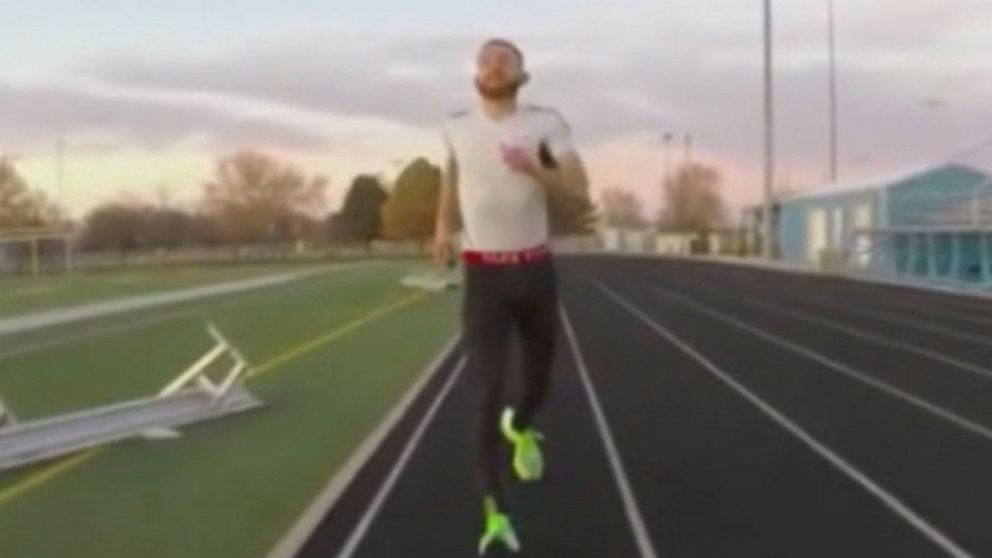

A couple of weeks later, I tested my peak flow as part of a gym induction, and my score was so low that the instructor thought the meter was broken – but again, I didn’t think any more of it and no-one mentioned asthma. When I ran a half-marathon in 2000, I was so far behind the pack that they reopened the road behind me - I just put it down to being unfit.

“I like to be active and I’ve played netball for most of my adult life, but I’ve always found running really difficult. Thankfully my regular asthma nurse is a runner, and much more positive – she told me: ‘If Paula Radcliffe and Jo Pavey can do it, so can you.’” Rewind a few years… Trail running shoes need to focus on other characteristics such as traction, protection and breathability.“The nurse at my health check wasn’t the first to ask ‘How can you POSSIBLY run a marathon when you have asthma?’ – but hers was the comment that upset me the most. Road shoes need to fight the hardest and harshest surface (concrete) – therefore their focus will be in maximizing the shock absorption, in various degrees, depending on the points above. Running on concrete and running on natural trails are very different beasts that require very different shoes. Are they for your day to day training, for your slow or moderate paced runs? Or are they the shoes you’ll use in a race or for the days of fast training? Step 6: Consider where you are going to run When choosing a running shoe, think about how you are going to train (or race) in them. Some are larger, heavier and are made for comfort. Some are lightweight, small and nible and meant for speed. Step 5: Consider how you are going to run There are then low-drop shoes, or even zero-drop shoes that are meant for runners who land on their toes. Other shoes have drops between 5 and 8mm and work well for a midfoot landing. Traditional running shoes, have a drop of 10-12mm and are more indicated for people who land on their heel. One of the easiest indicator of this is the “heel to toe drop”, also known as “offset” or just “drop”, which is the difference in height, in millimiters, between the heel of the shoe and the toe. What is important though is to be aware of this and to pick a running shoe that works for that particular gait. There is not a sinlge best way – I am actually a supporter of the fact that any landing works – as long as it works for you. Most people land on their heel while running, while some people land more on the midfoot or forefoot. But we do recognize that some ankles need more support than others. We don’t subscribe to the usual stability paradigm that your arches height (high arches vs flat feet) determines if you need a stability shoe or not. Some people’s ankle are more unstable and need a shoe that’s more structured, in order to keep the foot aligned while running and helps avoiding landing in a wrong position that will, inevitably, lead to injury. Your ankle is your body’s natural shock absorption system – but not all ankles support your gait equally well. Step 3: Consider your stabilityĮach time you run, you submit your body to a force that is 1.5 to 2 times your bodyweight. At the same time, lightweight runners will find a shoe that’s too cushioned unstable and unresponsive. Heavier runners need more cushion and protection than lightweight runners. One of the main functions of a running shoe is to cushion and absorb part of the impact on the ground, which in turn causes stress on the joints of the ankle, knee and hips. Most female running shoes are just a smaller version of their male equivalents (hence the industry joke “shrink ’em and pink ’em”), but many shoe brands now incorporate gender-specific solutions and constructions. Some of the differences are hip shape, which influences the running gate, and the different mass-to-height ratio.

Men and women have very different bodies and therefore biomechanics.

Let us guide you in choosing the right running shoes for you. We know what running shoes are suitable to which kind of runner and which ones are better than others. Each year our team personally tests more than 150 pairs of running shoes.


 0 kommentar(er)
0 kommentar(er)
